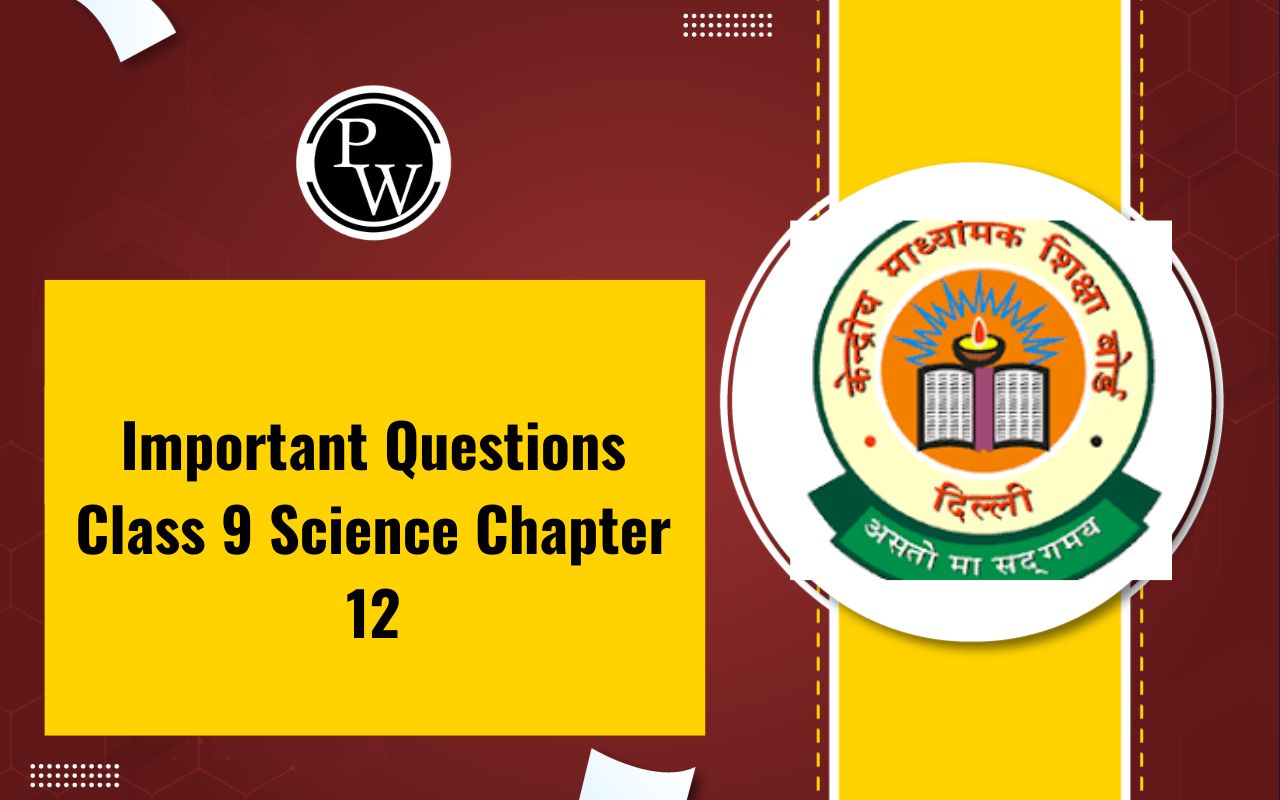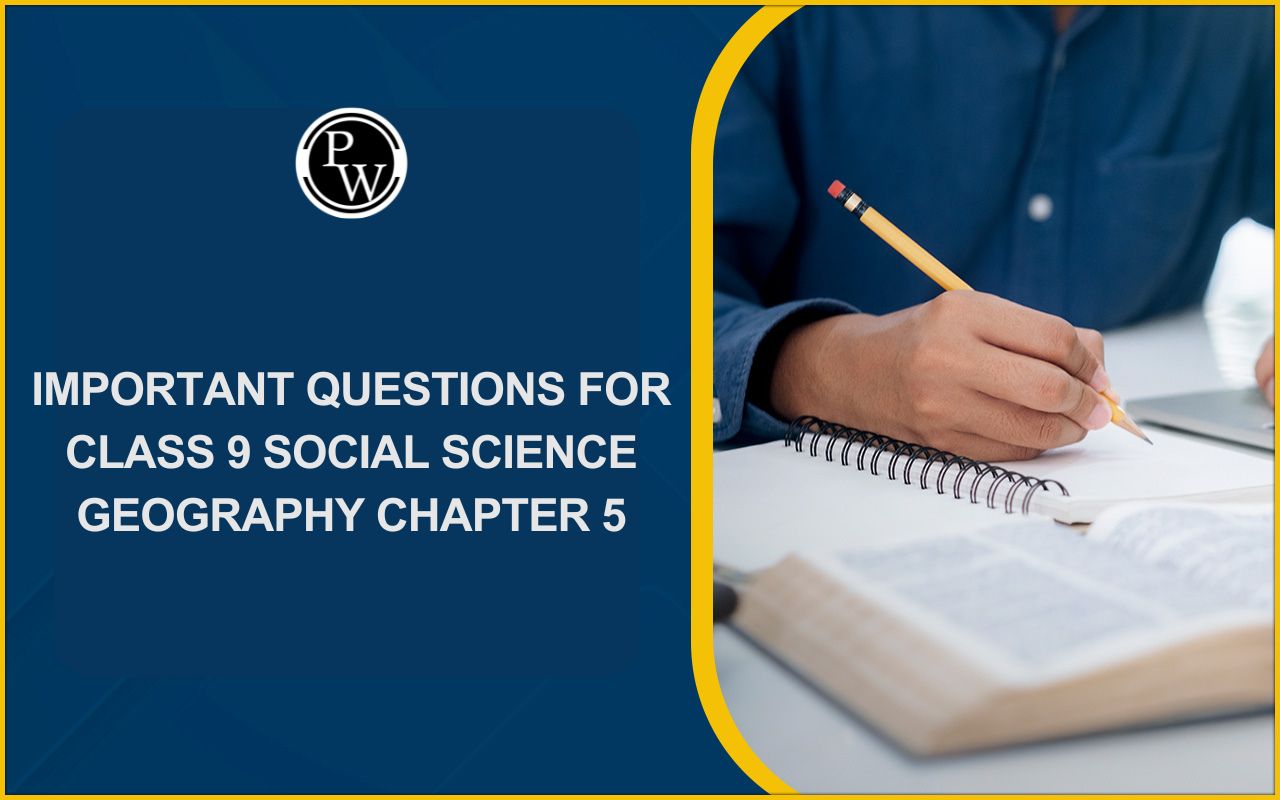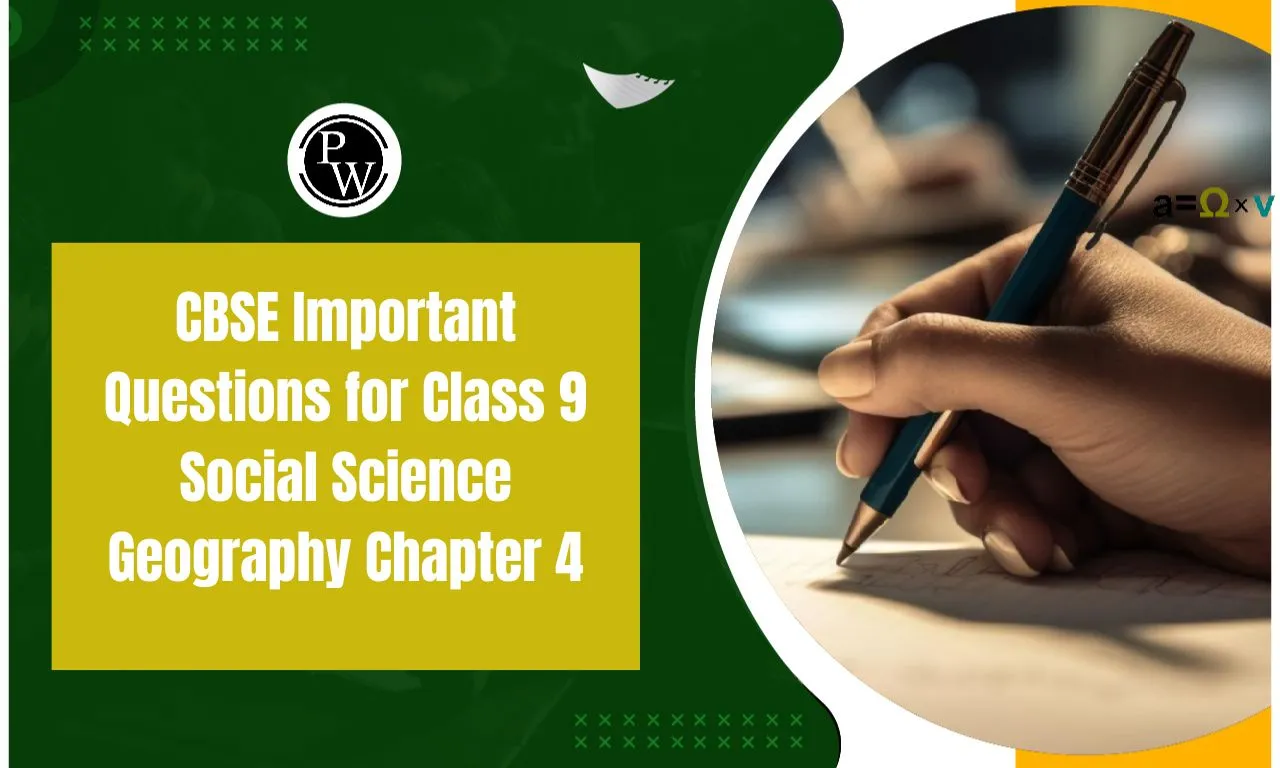

A connected mass system in physics refers to a system composed of multiple objects (masses) that are physically connected or linked together in some way. These objects can be connected by various means, such as ropes, strings, springs, rods, or even frictionless surfaces. The study of connected mass systems is an important part of classical mechanics and is used to analyze the motion of objects in situations where multiple masses interact with each other.
Forms Of Connected Systems
Connected mass systems are commonly encountered in various real-world scenarios. Some examples include:
- Pulley Systems : In a pulley system, two or more masses are connected by a rope or string that passes over a pulley. As one mass moves, it causes the other mass(es) to move as well. This scenario is often used to illustrate concepts like tension, acceleration, and conservation of energy.
- Spring-Mass Systems : In a spring-mass system, objects are connected by springs. When the system is disturbed from its equilibrium position, the springs exert forces that cause the masses to oscillate back and forth. These systems are used to study simple harmonic motion.
- Collisions : When two or more objects collide, they can be considered a connected mass system for the duration of the collision. The conservation of momentum and kinetic energy are often applied to analyze such systems.
- Rigid Bodies : In more complex systems, rigid bodies with multiple connected masses can rotate or translate together. These systems are studied in the context of rotational dynamics and rigid body motion.
Analyzing connected mass systems typically involves applying Newton's laws of motion, conservation principles (e.g., conservation of momentum and energy), and appropriate force equations to describe the behavior of the system. The goal is often to determine the accelerations, velocities, and positions of the connected masses as a function of time.
These systems are important in physics education as they provide practical examples for understanding fundamental principles of mechanics, and they are relevant to engineering and real-world applications, such as designing machines, analyzing mechanical systems, and understanding the behavior of physical systems.
Also Read - Rotational Kinetic Energy Formula
Physics Related To It
Let's discuss the physics principles related to connected mass systems in more detail. To do this, we'll consider various scenarios involving connected masses and the underlying physics principles involved:
- Newton's Second Law of Motion: This fundamental law states that the acceleration of an object is directly proportional to the net force acting on it and inversely proportional to its mass. In the context of connected mass systems, you'll apply this law to each individual mass within the system to determine their accelerations.
- Example : In a pulley system with two masses, you can write separate equations for each mass using Newton's second law and consider the forces acting on each mass to find their respective accelerations.
- Tension Forces : When masses are connected by a rope, string, or cable, the tension force acts along the length of the connector. Tension is a crucial concept in connected mass systems, and it is equal throughout a taut rope. The direction of tension acts away from the object to which the rope is attached.
- Example: In a pulley system, you consider the tension in the rope on both sides of the pulley. The difference in tension on each side contributes to the net force on each mass.
- Friction and Air Resistance: Depending on the scenario, you may need to consider the effects of friction or air resistance. Friction can affect the motion of connected masses, especially if they are moving along surfaces.
- Example: When analyzing a system of connected masses on an inclined plane, you must account for the frictional force opposing motion down the slope.
- Hooke's Law: In spring-mass systems, Hooke's law governs the behavior of the spring force. Hooke's law states that the force exerted by a spring is directly proportional to the displacement from its equilibrium position.
- Example: In a mass-spring system, you can use Hooke's law to calculate the spring force and subsequently determine the system's motion and oscillation frequency.
- Conservation Laws:
- Conservation of Momentum: In scenarios involving collisions or interactions between connected masses, you can apply the conservation of momentum. The total momentum of the system remains constant if no external forces are acting.
- Conservation of Energy: You can also apply the conservation of mechanical energy to describe the behavior of connected mass systems. Mechanical energy, which includes kinetic and potential energy, is conserved if no non-conservative forces like friction are present.
- Angular Motion (Rotational Dynamics): For systems involving rigid bodies and rotational motion, you'll apply principles of rotational dynamics. These include torque, angular acceleration, and moments of inertia.
- Example: A system consisting of a rotating wheel connected to a rotating axle is a scenario where rotational physics principles come into play.
- Periodic Motion (Simple Harmonic Motion): In spring-mass systems, the masses can undergo simple harmonic motion. This involves oscillations where the displacement from equilibrium is proportional to the force acting on the mass.
- Example: A mass attached to a spring exhibits simple harmonic motion, and its period depends on the mass and spring constant.
Connected mass systems involve the application of various fundamental physics principles, including Newton's laws, conservation laws, and specific concepts like tension and Hooke's law, depending on the scenario. Analyzing these systems can help understand the behavior of physical systems in various contexts, from everyday machines to more complex mechanical and engineering systems.
Also Read - Work And Power Formula
Formulas Related
The motion of connected masses is a common physics problem that involves multiple objects connected by strings, ropes, or springs. To analyze the motion of connected masses, you often use Newton's second law of motion, which states that the net force acting on an object is equal to the product of its mass and acceleration:
F = m a
In this case, you will have multiple masses connected in some way. Let's consider two common scenarios: masses connected by a rope and masses connected by a spring.
- Connected Masses with a Rope:
In this scenario, two or more masses are connected by an inextensible rope or string. Let's consider two masses, m1 and m2, connected by a rope over a pulley. The motion can be analyzed using the following equations:
Tension (T): The force exerted by the rope on each mass is equal and can be found using:
T = m 1 g
T = m 2 g
Where:
- T is the tension in the rope.
- m 1 and m 2 are the masses of the objects.
- g is the acceleration due to gravity (approximately 9.81 m/s² on Earth).
Acceleration (a): The acceleration of each mass can be calculated using Newton's second law, taking into account the net force on each mass:
For m 1 : T - m 1 g = m 1 a 1
For m 2 : m 2 g-T = m 2 a 2
Where:
- a 1 and a 2 are the accelerations of m 1 and m 2 , respectively.
These two equations can be solved simultaneously to find the accelerations and then determine the motion of the masses.
- Connected Masses with a Spring:
In this scenario, two masses are connected by a spring. The spring force depends on Hooke's Law:
F_spring = -k Δx
Where:
- F_spring is the force exerted by the spring.
- k is the spring constant (a measure of the stiffness of the spring).
- Δx is the displacement of the spring from its equilibrium position.
Acceleration (a): You can use Newton's second law for each mass to write equations of motion:
For m 1 : F _spring = m 1 a 1
For m 2 : F _spring = m 2 a 2
Where:
- a 1 and a 2 are the accelerations of m 1 and m 2 , respectively.
The equations can be solved to determine the motion of the masses as a function of time.
These are the basic principles for analyzing the motion of connected masses. Depending on the specific scenario and constraints, additional equations and concepts may be needed. Always remember to consider the direction of forces and accelerations to correctly analyze the motion.
Also Read - Time Of Descent Formula
Examples To Understand Better
To better understand the concept of connected mass systems and how physics principles apply to them, let's explore a few examples:
Example 1: Atwood Machine
An Atwood machine is a classic example of a connected mass system. It consists of two masses, m1 and m2, connected by a light, inextensible string passing over a pulley. The pulley is typically frictionless. The goal is to determine the accelerations of both masses and the tension in the string.
- Physics Principles:
- Newton's second law for each mass.
- Tension force acting on the masses.
- Conservation of mechanical energy.
- Analysis:
- Write separate equations for m1 and m2 using Newton's second law.
- Account for the tension in the rope as the force acting on each mass.
- Apply conservation of mechanical energy to relate the potential and kinetic energy changes as the masses move.
Example 2: Mass-Spring System
Consider a mass m attached to one end of a horizontal spring with spring constant k, while the other end of the spring is fixed to a wall. The mass is displaced from its equilibrium position and released. You want to determine the motion of the mass over time.
- Physics Principles:
- Hooke's law for spring force.
- Newton's second law.
- Simple harmonic motion.
- Analysis:
- Use Hooke's law to find the spring force acting on the mass.
- Apply Newton's second law to write an equation for the acceleration of the mass.
- Solve the differential equation to find the motion, which will be simple harmonic.
Example 3: Two Cars Towing a Third Car
Imagine three cars connected in a line, where car A is towing car B, which in turn is towing car C. Car A applies a force to car B, and car B applies a force to car C. You want to find the accelerations of all three cars.
- Physics Principles:
- Newton's second law.
- Force interactions between connected masses.
- Analysis:
- Write separate equations for each car using Newton's second law.
- Account for the forces applied by the cars in front on the ones behind, taking into consideration the direction of the forces.
- Solve the equations simultaneously to find the accelerations of all three cars.
Example 4: Pendulum with a Sliding Mass
Imagine a pendulum with a bob at the end and a sliding mass on the string. The sliding mass can move up and down the string. You want to determine the motion of both the pendulum bob and the sliding mass.
- Physics Principles:
- Newton's second law for each object.
- Tension in the string.
- Conservation of mechanical energy.
- Analysis:
- Write equations for the motion of the pendulum bob and the sliding mass using Newton's second law.
- Consider the tension in the string for both objects.
- Apply conservation of mechanical energy to relate the potential and kinetic energy changes as they move.
These examples illustrate various connected mass systems and the physics principles involved in analyzing them. They highlight the importance of understanding forces, accelerations, and energy conservation in solving problems related to connected masses.
Also Read - Acceleration Of Motion Formula
Applications
Connected mass systems have numerous practical applications in various fields of science and engineering. Here are some common applications of these systems:
- Elevators and Lifts: Elevators use connected mass systems to transport people and goods between different floors of buildings. A counterweight, connected to the elevator car by a cable, helps reduce the energy required to lift the car. Understanding the dynamics of connected masses is crucial for designing efficient elevator systems.
- Crane Operations: Cranes often employ pulley systems and connected masses to lift heavy loads. Engineers must analyze these systems to ensure the crane can safely lift and move objects, taking into account factors like load capacity, tension in the cables, and stability.
- Transportation Systems: In vehicles, connected mass systems are vital. For instance, the suspension system in a car uses springs and dampers to provide a comfortable ride. Understanding the behavior of these connected masses ensures a smooth and stable driving experience.
- Tug-of-War Games: In a tug-of-war game, participants on each side of the rope apply forces to pull in opposite directions. The analysis of forces, tension, and equilibrium in the rope is an example of connected mass systems in a recreational setting.
- Pendulum Clocks: Pendulum clocks use the motion of a pendulum (a connected mass system) to keep time accurately. The period of oscillation depends on the length of the pendulum, making it a precise timekeeping device.
- Bridge Design: Engineers designing suspension bridges need to consider the behavior of connected mass systems to ensure the stability and safety of the structure. The tension in the bridge cables is a crucial factor in this analysis.
- Roller Coasters: Roller coasters are designed with a combination of connected mass systems, springs, and friction to provide thrilling and safe rides. Engineers use physics principles to design roller coasters that deliver exhilarating experiences while ensuring rider safety.
- Pulleys in Mechanics and Engineering: Pulleys are widely used in mechanical systems, such as conveyor belts, cranes, and hoists. Engineers analyze the forces and tension in pulley systems to optimize their efficiency and performance.
- Tension in Stringed Instruments: Musical instruments like guitars and violins use tension in strings to produce sound. Musicians rely on the principles of connected mass systems to tune and play these instruments.
- Amusement Park Rides: Many amusement park rides, such as Ferris wheels and swing rides, involve connected mass systems to create motion and provide enjoyable experiences. Engineers must consider factors like tension and motion dynamics.
- Satellite Orbits: Satellites in orbit around Earth are connected mass systems. The gravitational force between the satellite and Earth, along with the satellite's velocity, determines its orbital path. Engineers and scientists use these principles to design and analyze satellite orbits.
- Robotics: Robots often use articulated arms and connected mass systems to perform tasks. Understanding the dynamics of these systems is crucial for precise control and manipulation.
These applications demonstrate the importance of understanding connected mass systems in various fields, from transportation and construction to entertainment and precision timekeeping. Engineers and scientists use principles of physics and mechanics to design, analyze, and optimize these systems for specific purposes.
Motion Of Connected Mass Formula FAQs
What is a connected mass system in physics?
What is the role of tension in connected mass systems?
How are connected mass systems related to Newton's laws of motion?
What are some practical applications of connected mass systems?
Why is the study of connected mass systems important?












